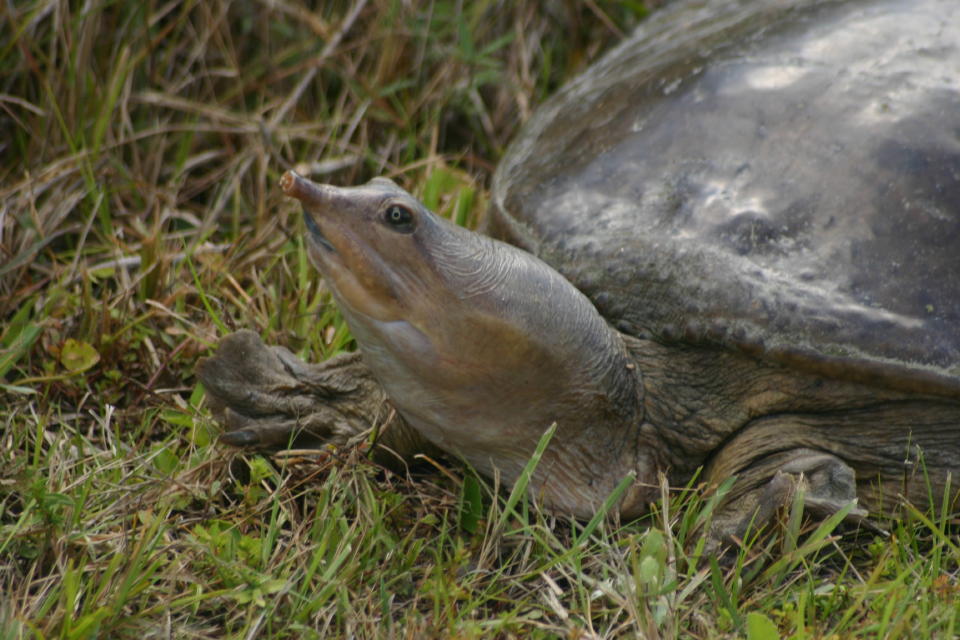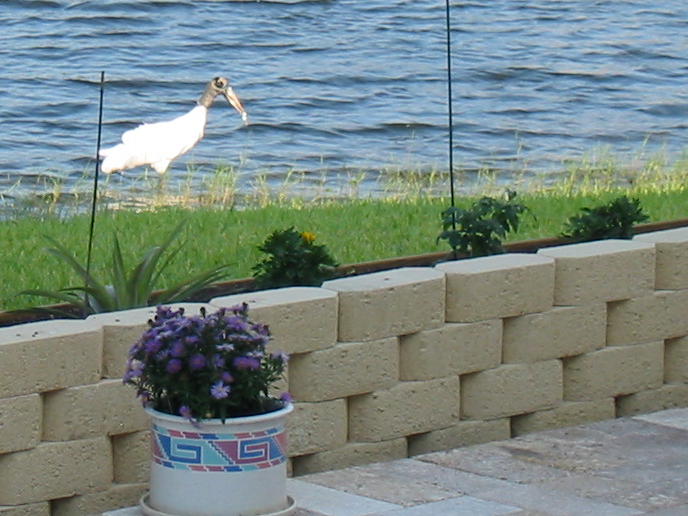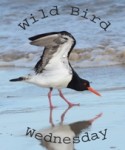
It is usually without the expletive, but this is a common question, often from other Floridians. Why give up the land of Enchantment for the Sunshine State? Why leave the mountains and blue skies behind? Why trade dust storms for hurricanes, cactus and deserts for St. Augustine lawns? Mountain Lions for alligators, rosy-finches for Palm Warblers, Gore-Tex and Timberlands for T-shirts and flip-flops, swamp coolers for air conditioning, juniper pollen for mold spores and ragweed, four seasons for only two, and so on…
Yes, New Mexico even has an honest kind of dust that you can feel, the grainy stuff that sometimes gets caught in your teeth or the corner of your eye, while our Florida countertops and outdoor furniture gather something much finer– black, bland and insidious.
This spring, South Florida was an amazingly arid place. The dry season rainfall totals hit all-time lows by early May. The water impounded in Lake Okeechobee dropped to under 9 feet above sea level, and has continued dropping despite the onset of the rainy season. This is the lowest water level since the lake was first encircled by levees in the 1930’s, posing the threat of salt water intrusion into our vital Biscayne Aquifer. Lawn watering has been cut to once a week, to the distress of all my fellow manicurists who try to grow grass on the sandy “reclaimed” soil of our subdivision.

I had my newly-acquired Canon Digital Rebel camera, but only brought the telephoto lens that our son-in-law gave me with the camera. (He had been itching to upgrade his equipment, and when the battery door of his Rebel broke it gave him the excuse to upgrade to a professional model, to my great benefit.) Unfortunately, the telephoto was from an earlier film camera that he had, and it misfired about twenty times for every image I obtained.
A Soft-shelled Turtle, depositing its eggs along the tram route, provided me with my only decent image (click here for full-screen view). We saw only a couple of Wood Storks, and smaller numbers of all the common herons, as well as a “Great White Heron” (the white morph of the Great Blue Heron, usually seen only in the Keys), but the Rebel’s shutter failed to operate for all but a few fuzzy shots.
Today a lone Wood Stork appeared on our lake. No mate, no offspring, no photo opportunity. Last September, I digiscoped this one from our rear patio.
Later, I will try to answer the question posed at the outset.












